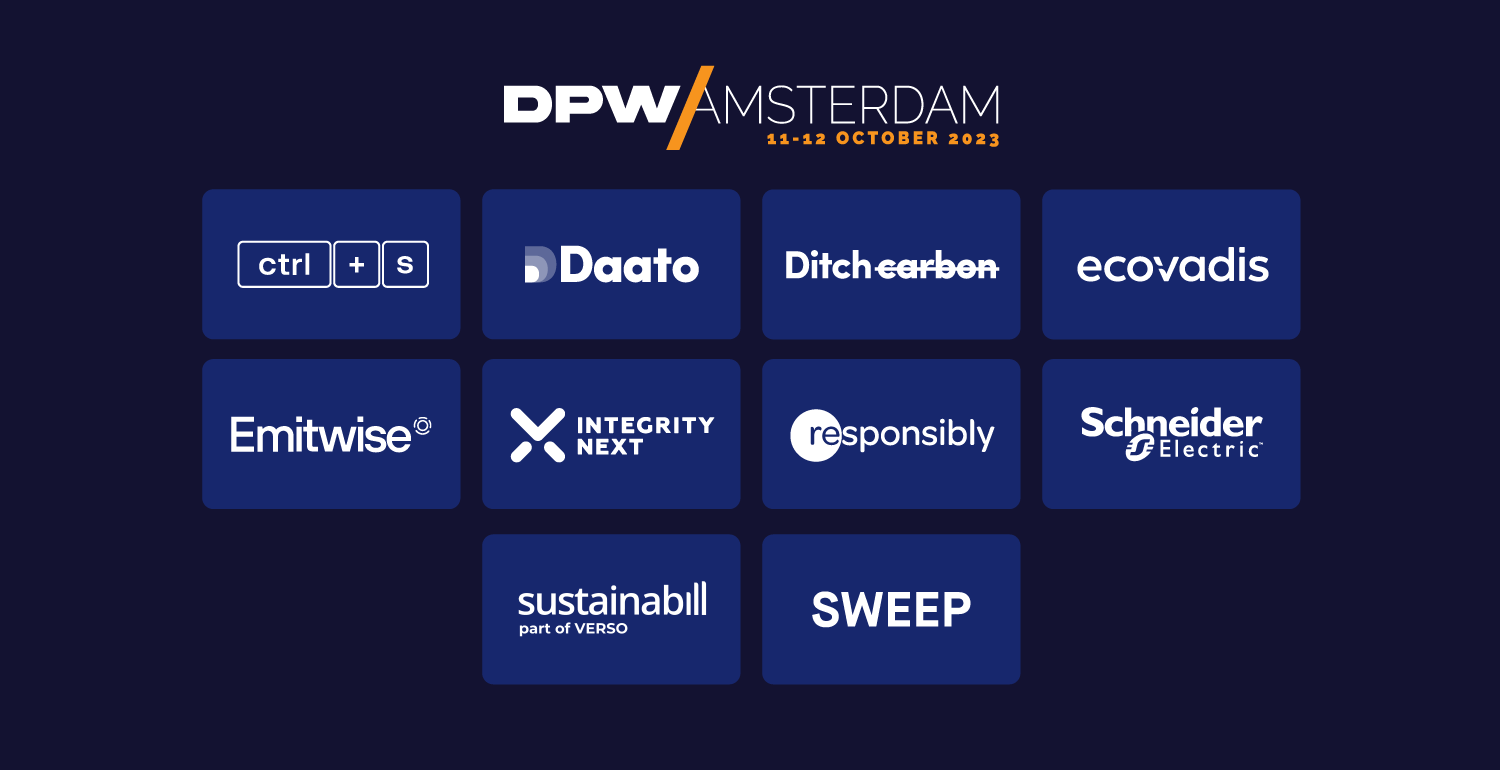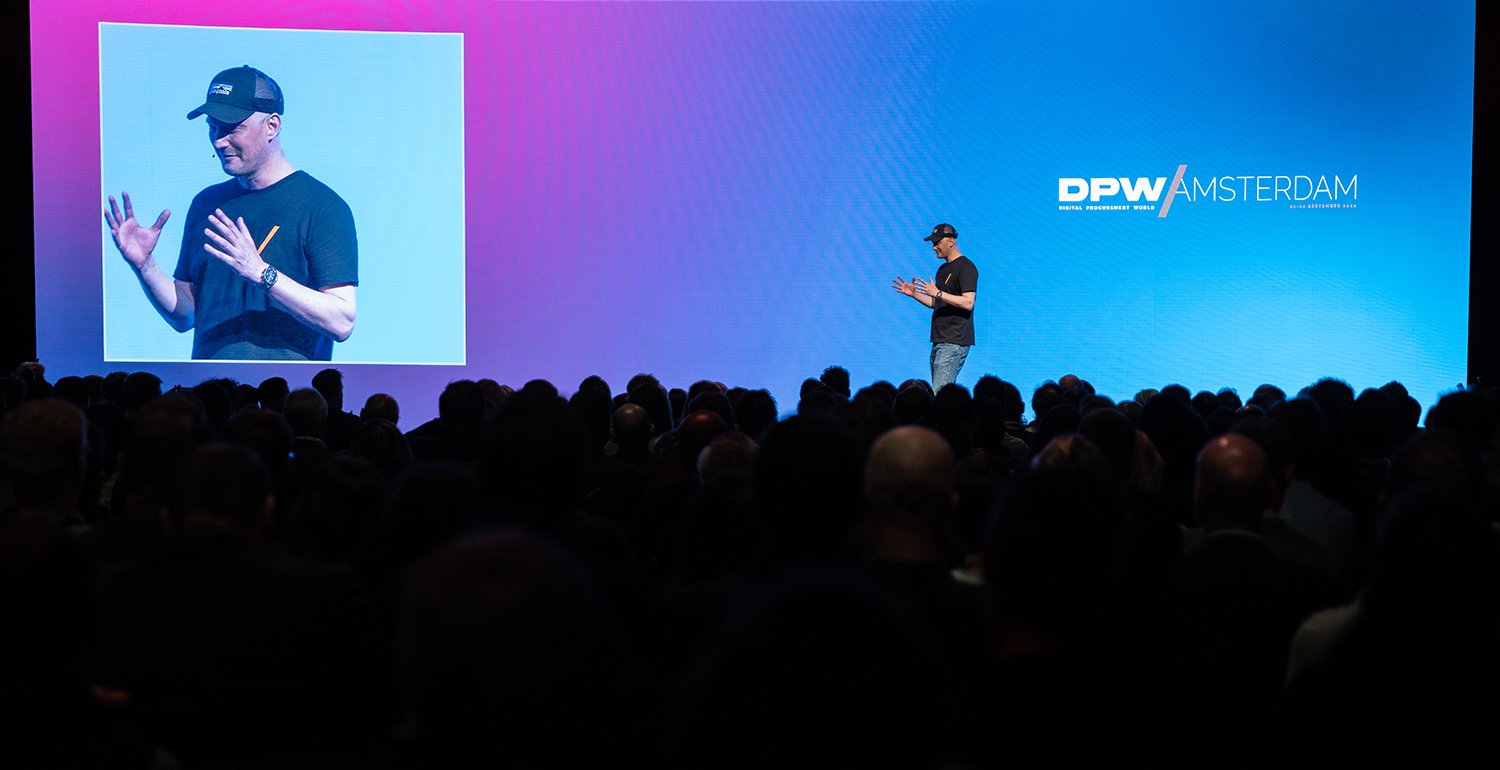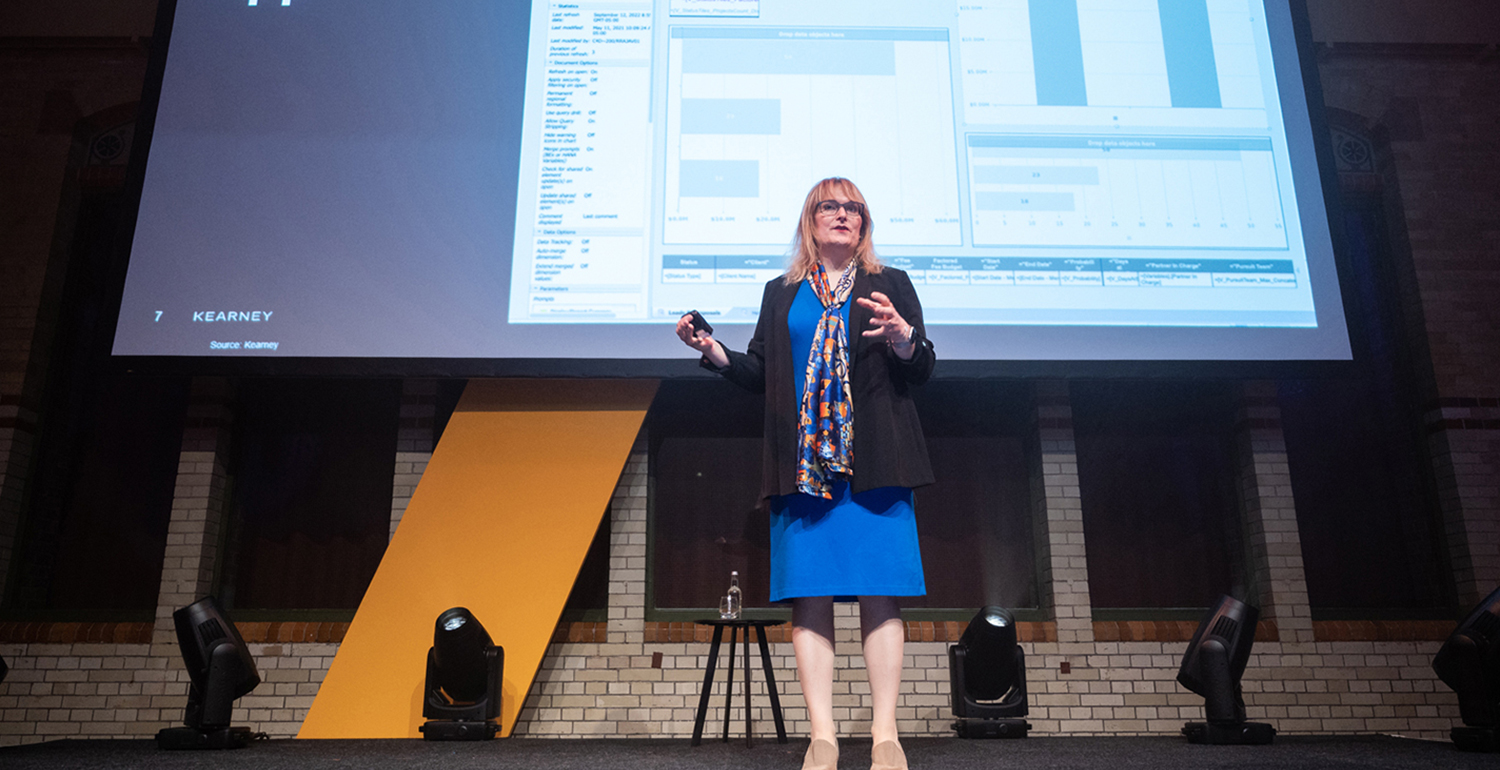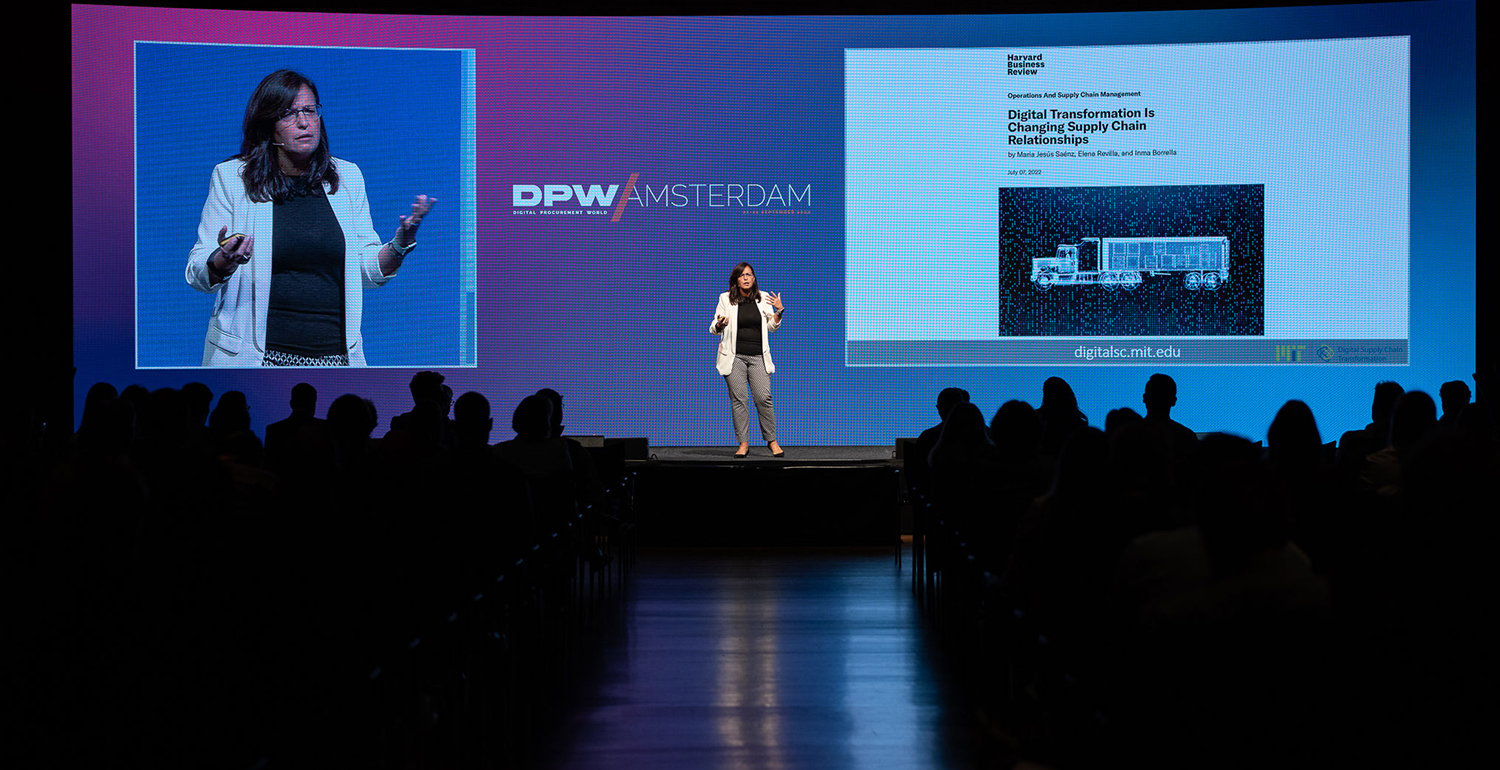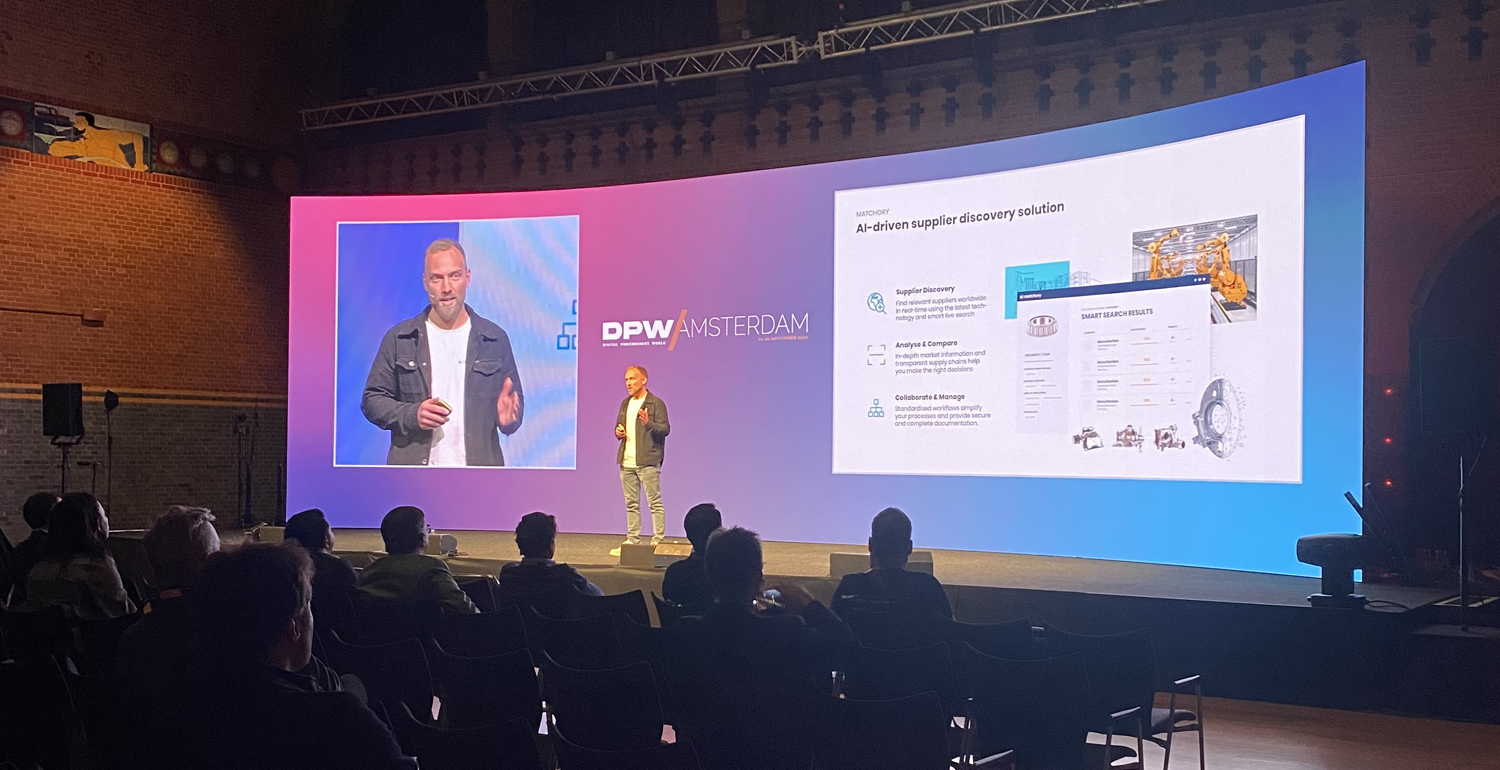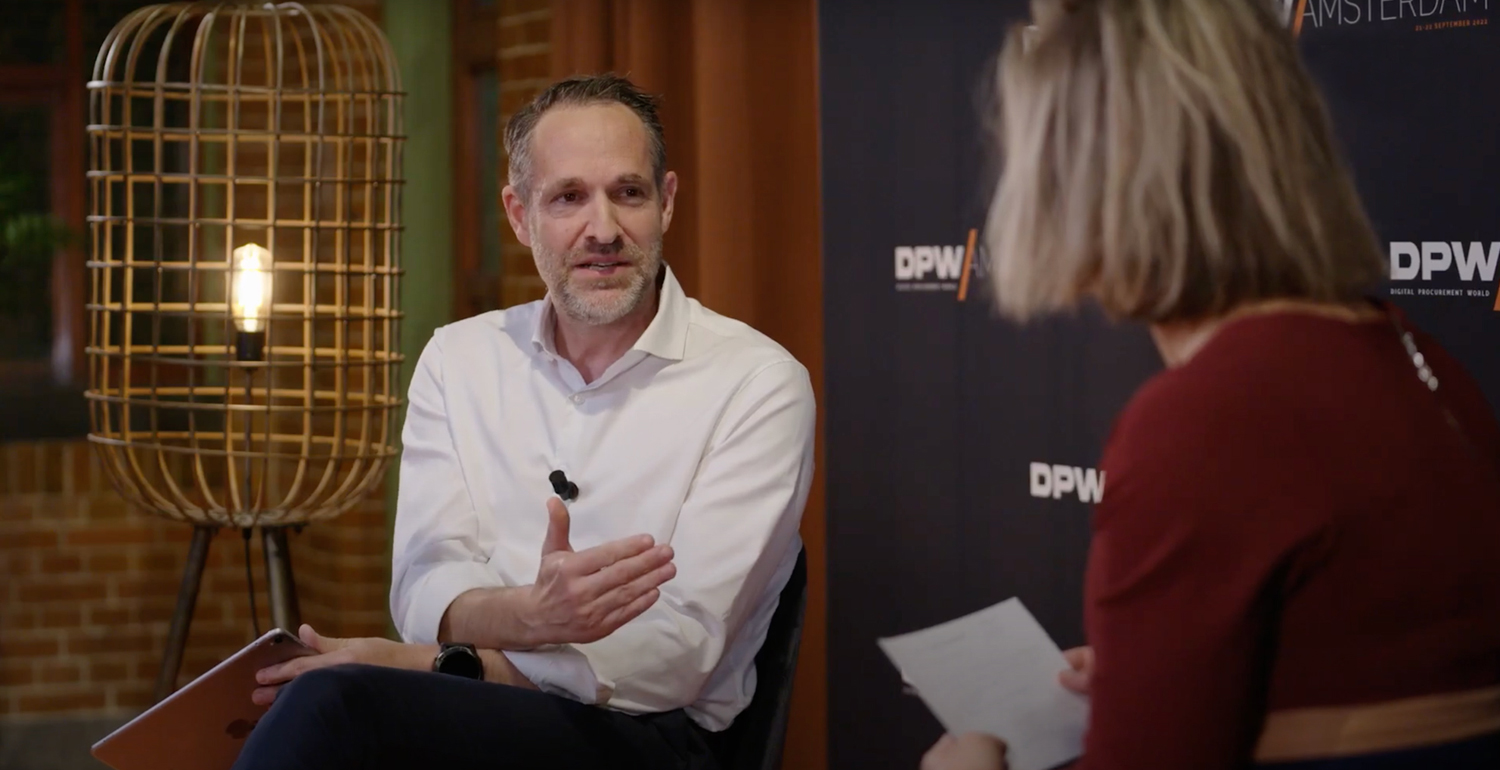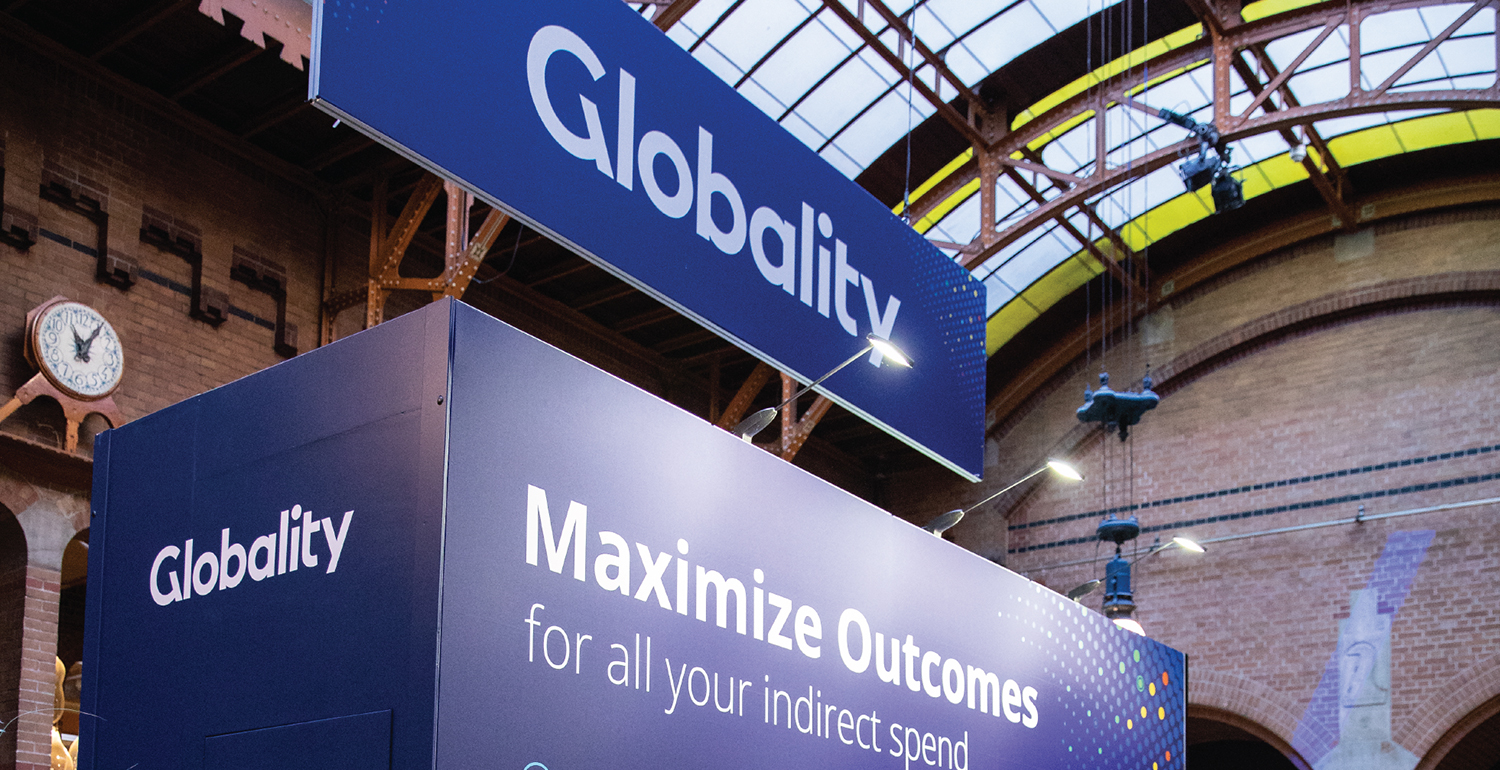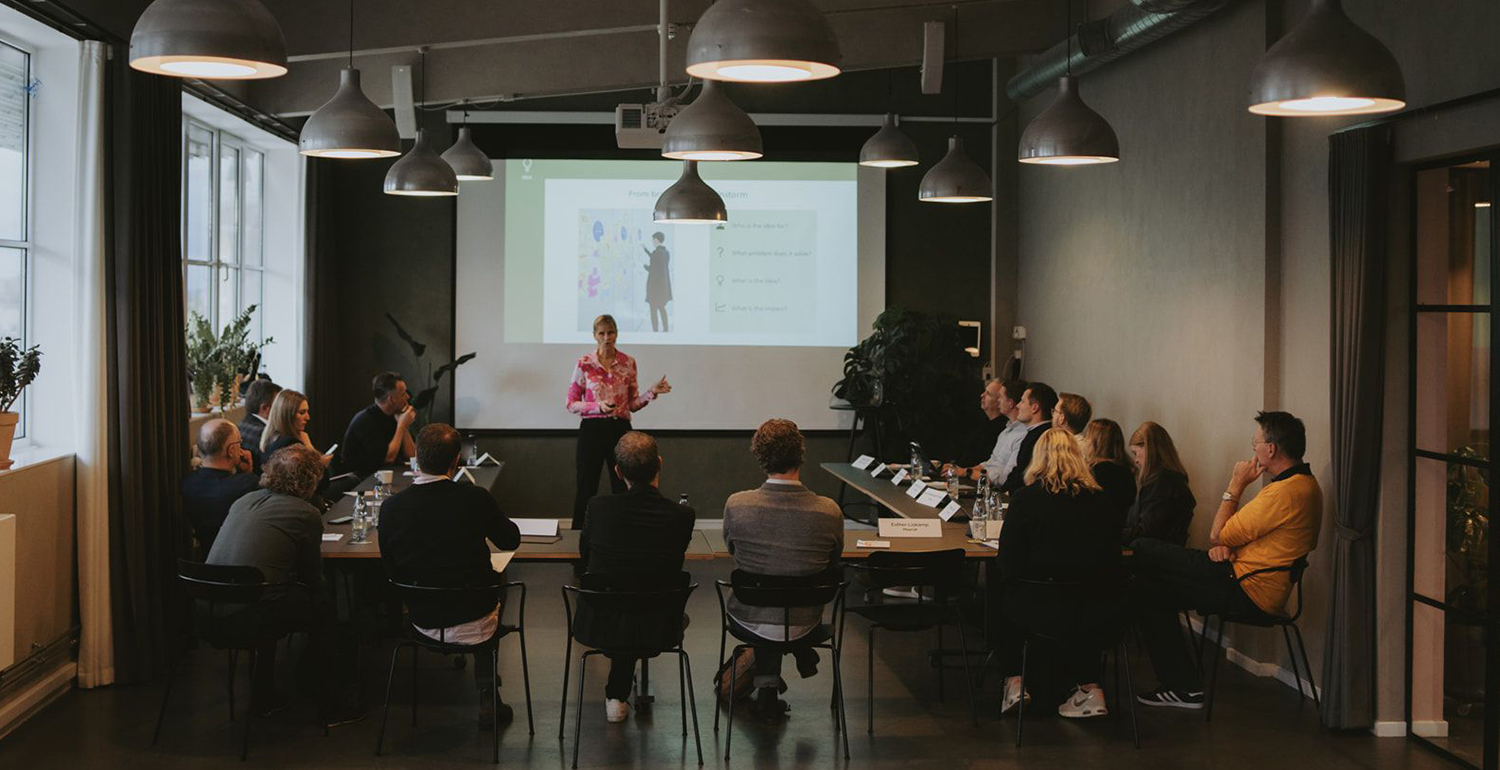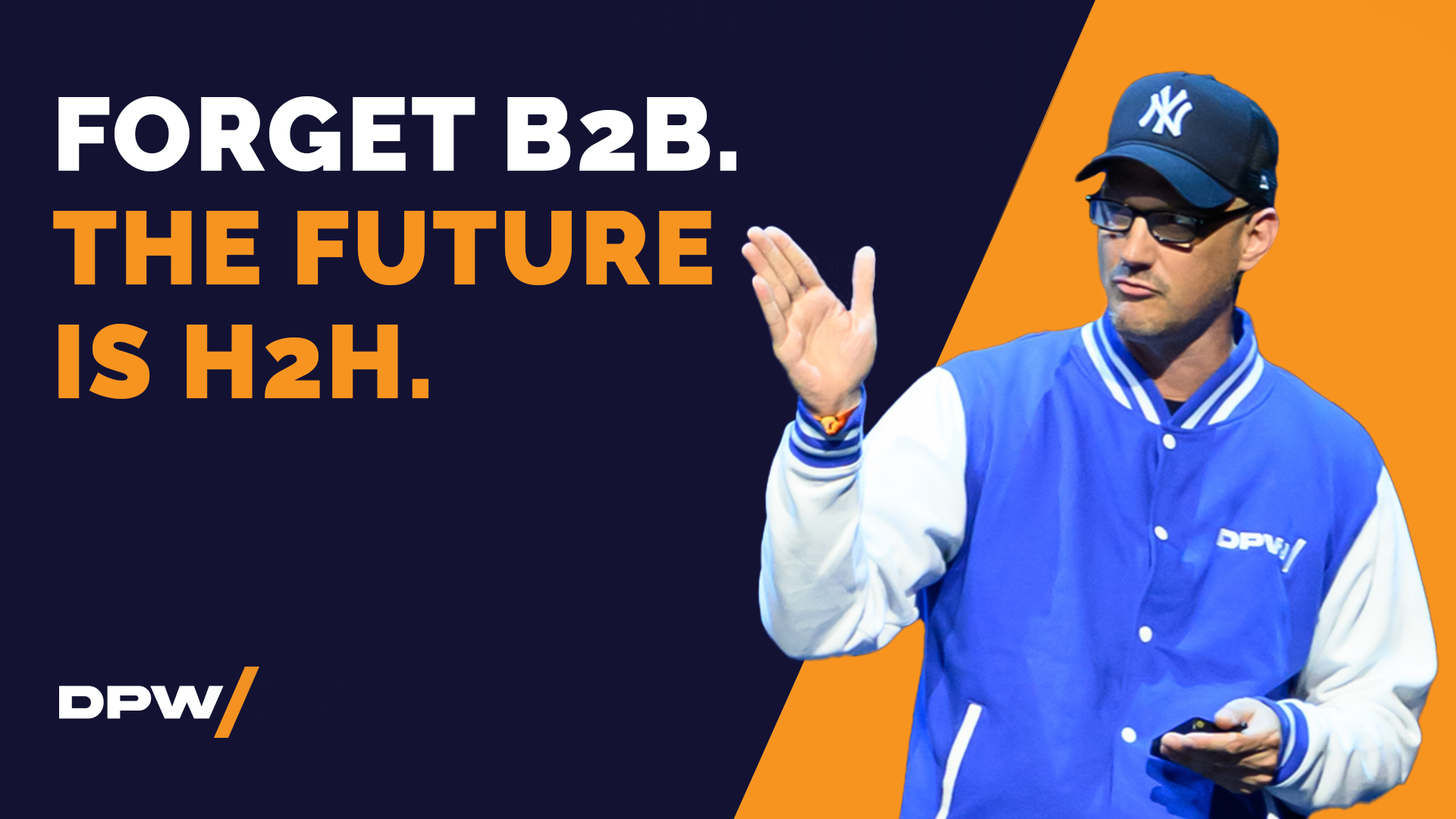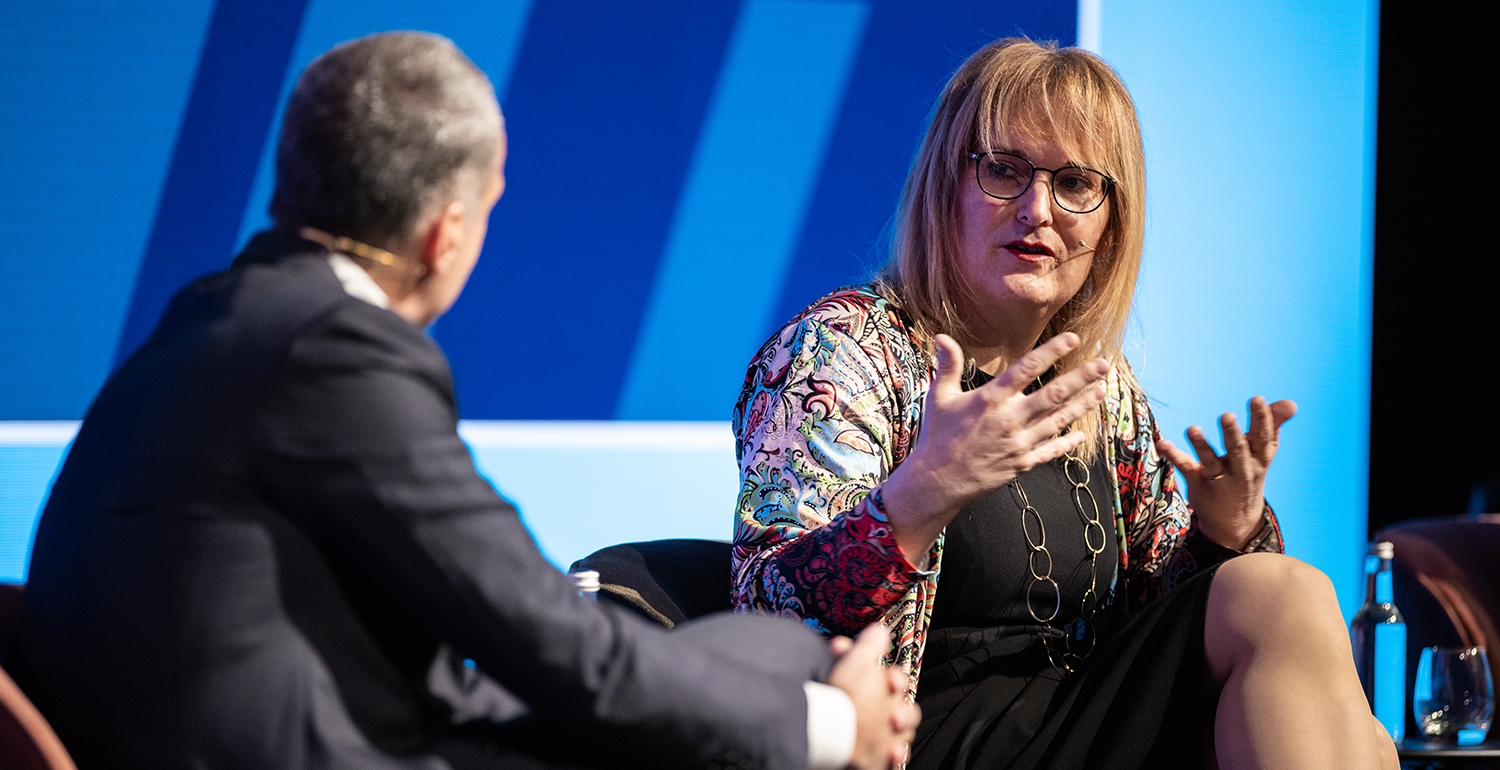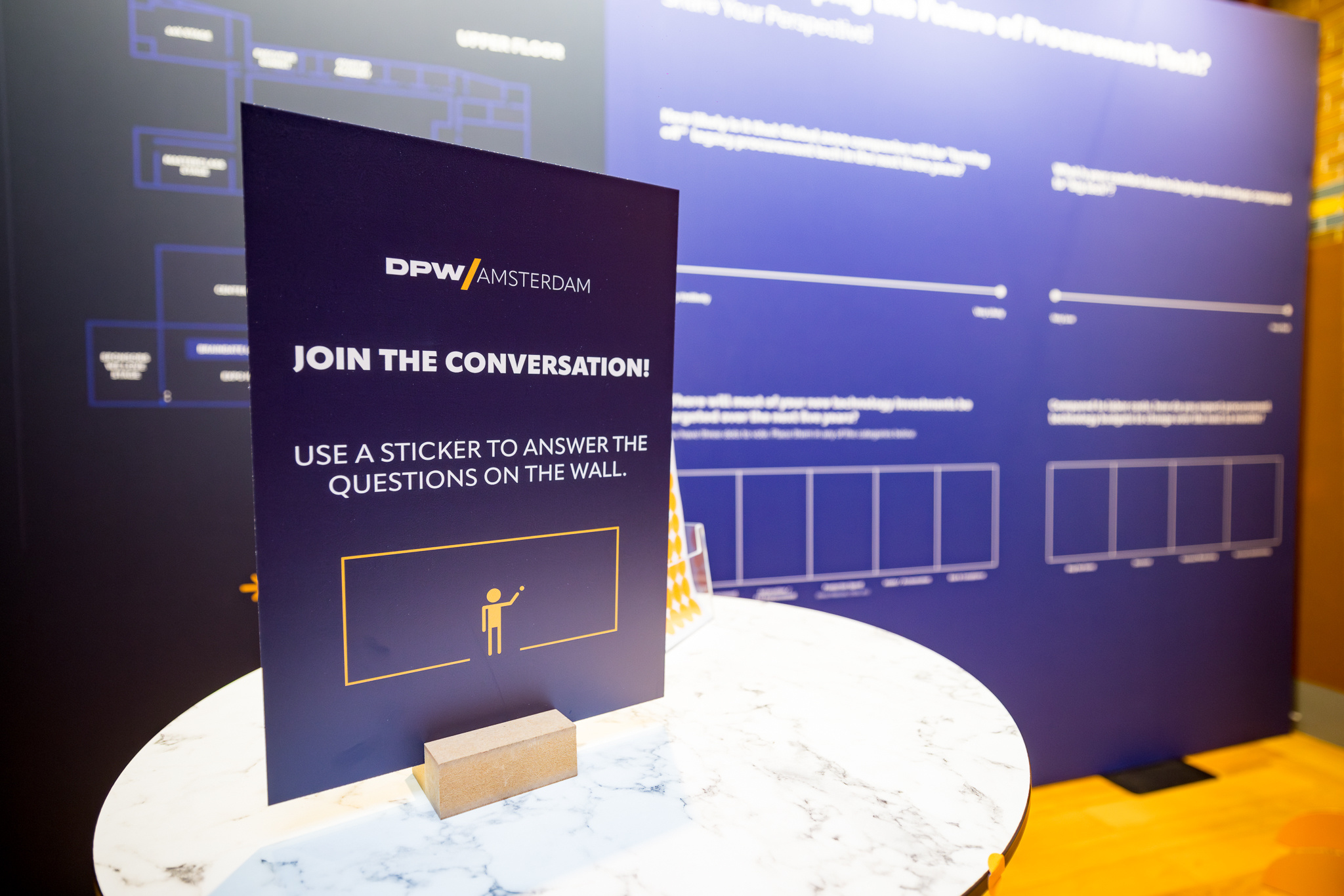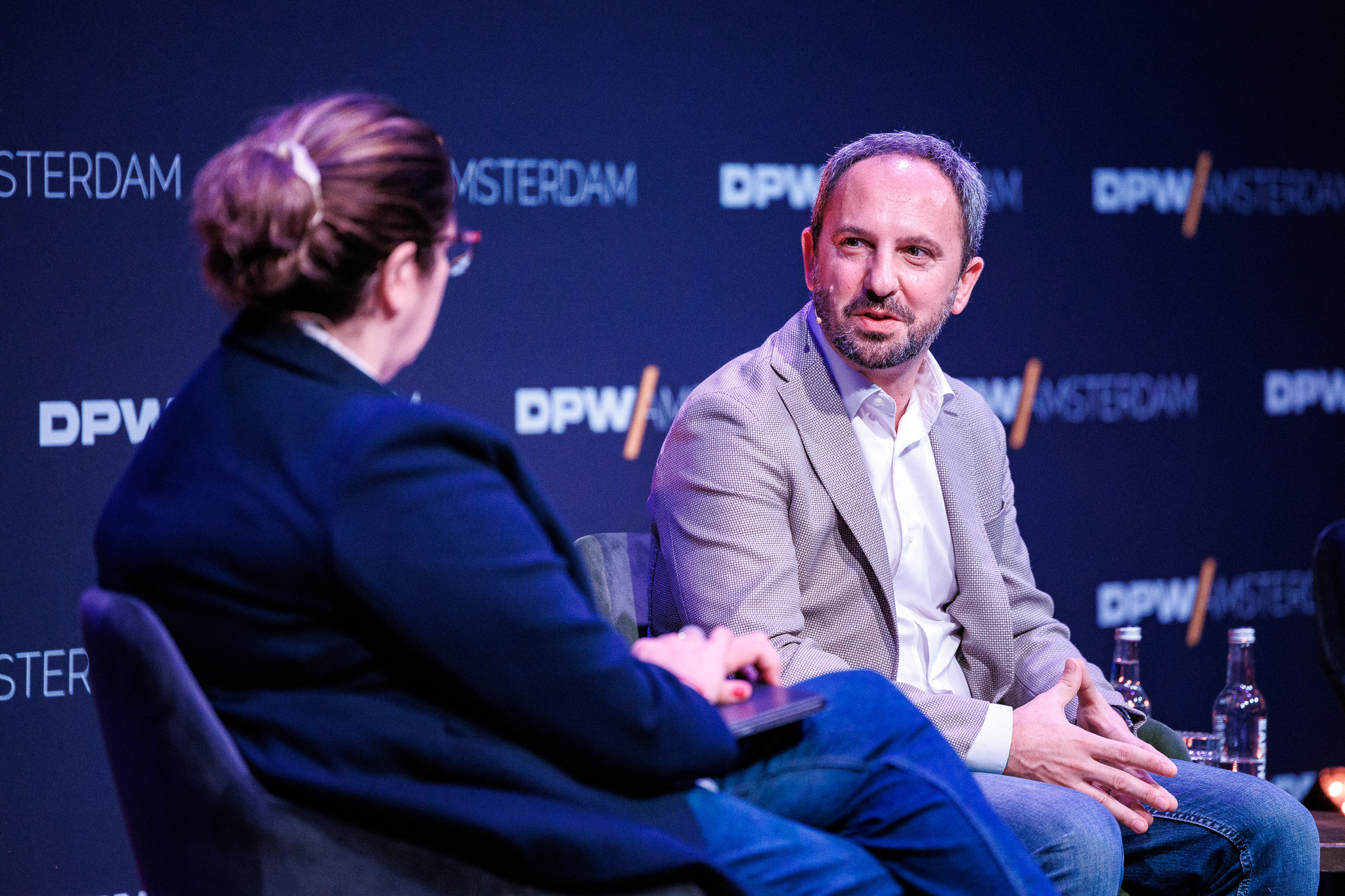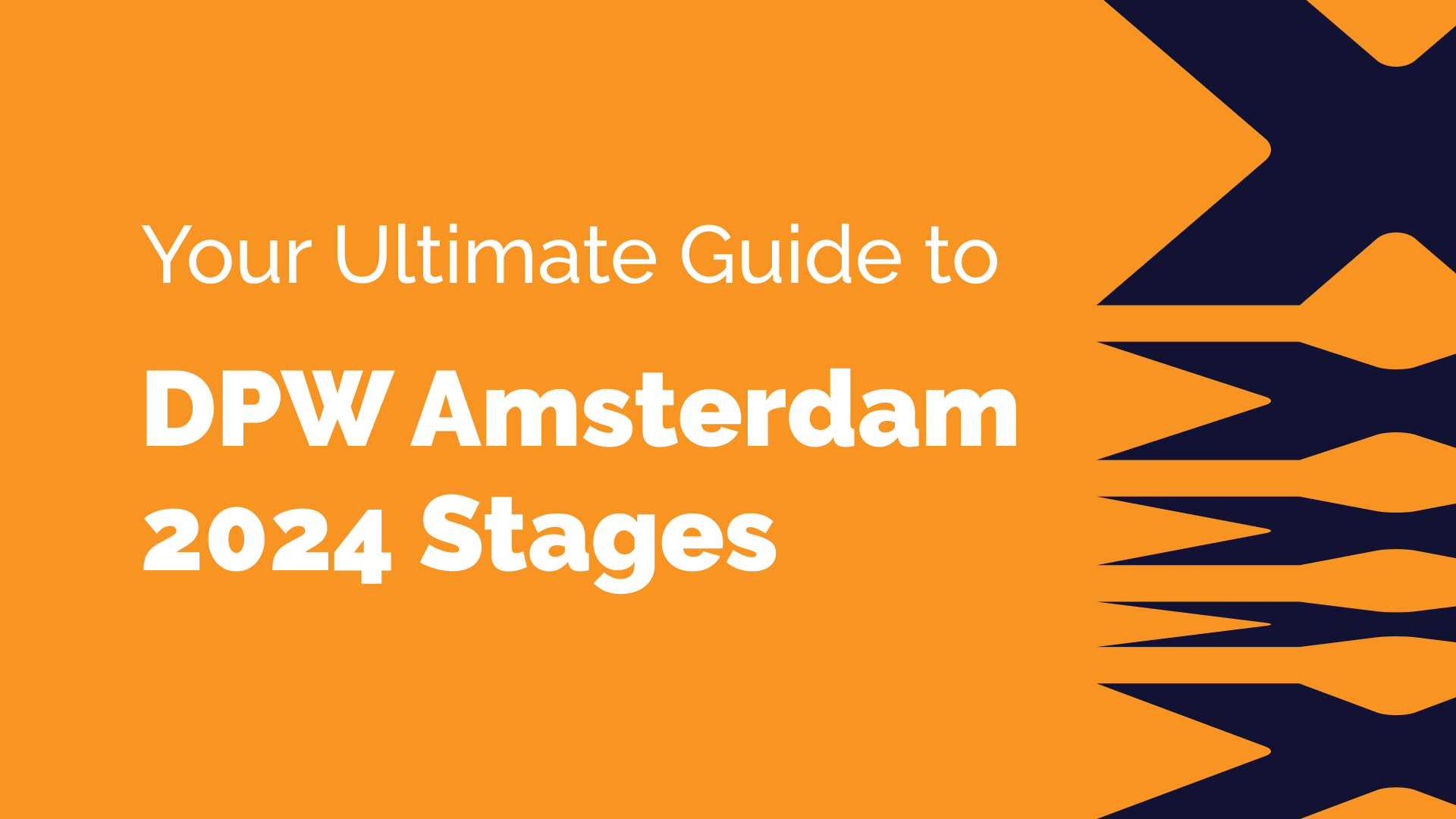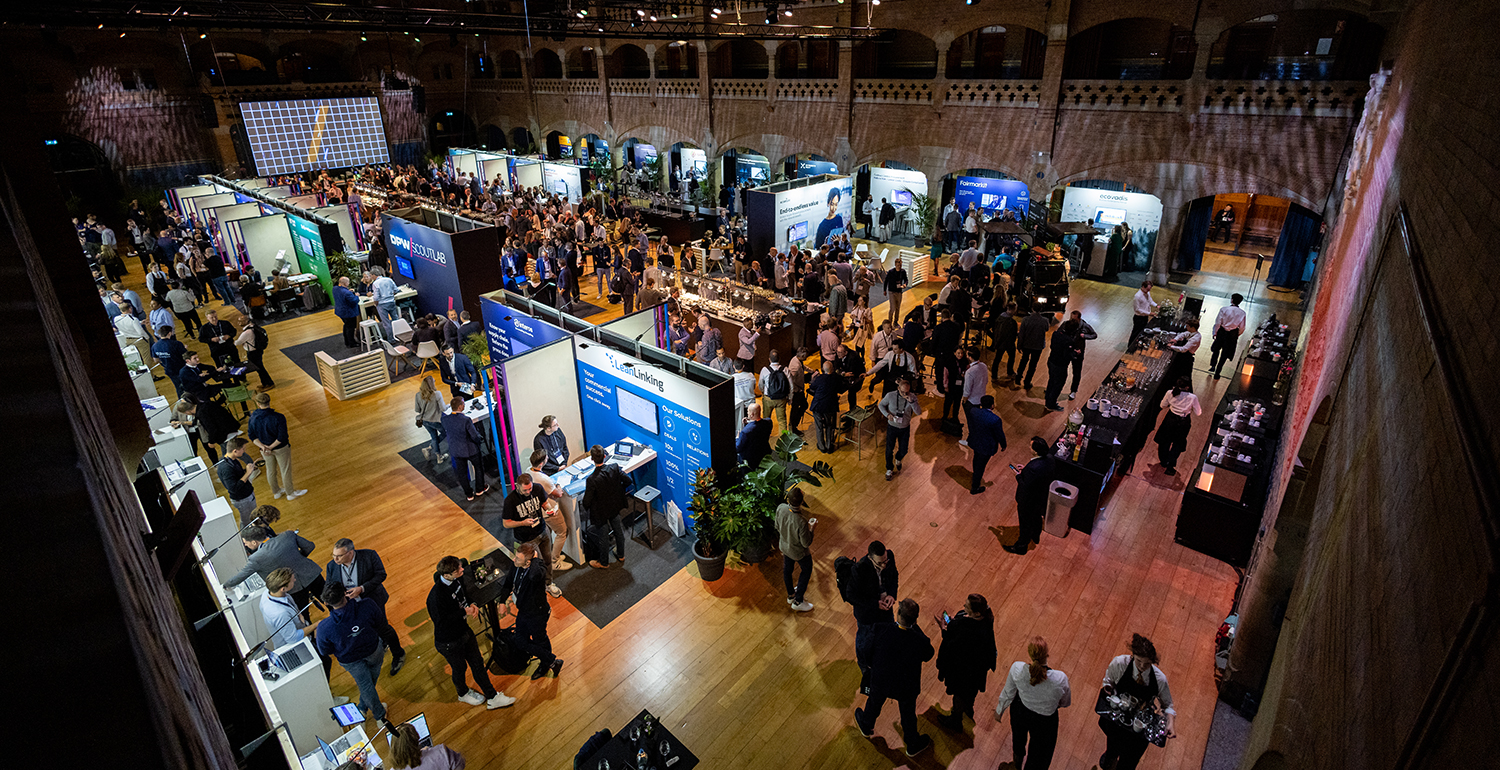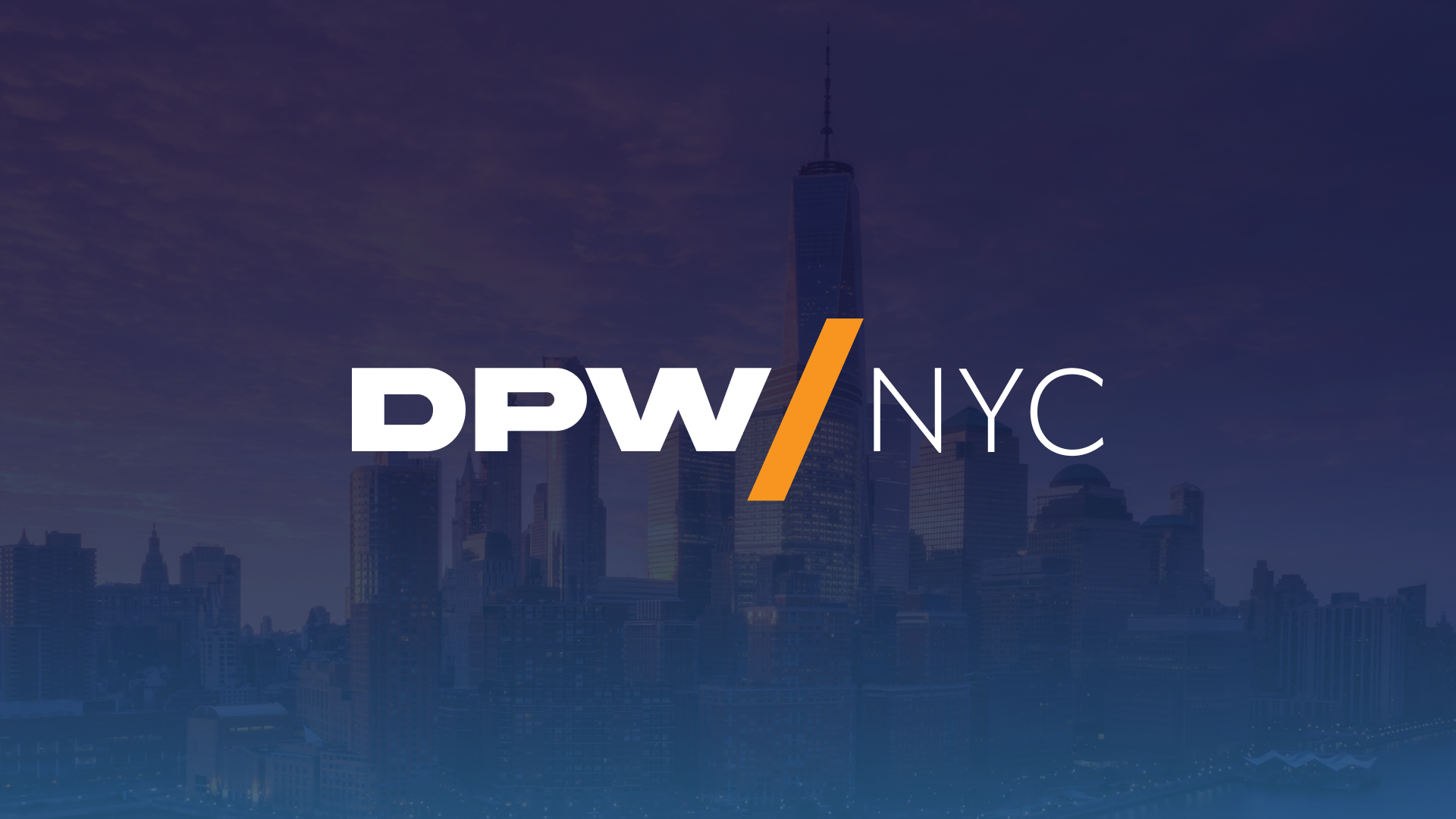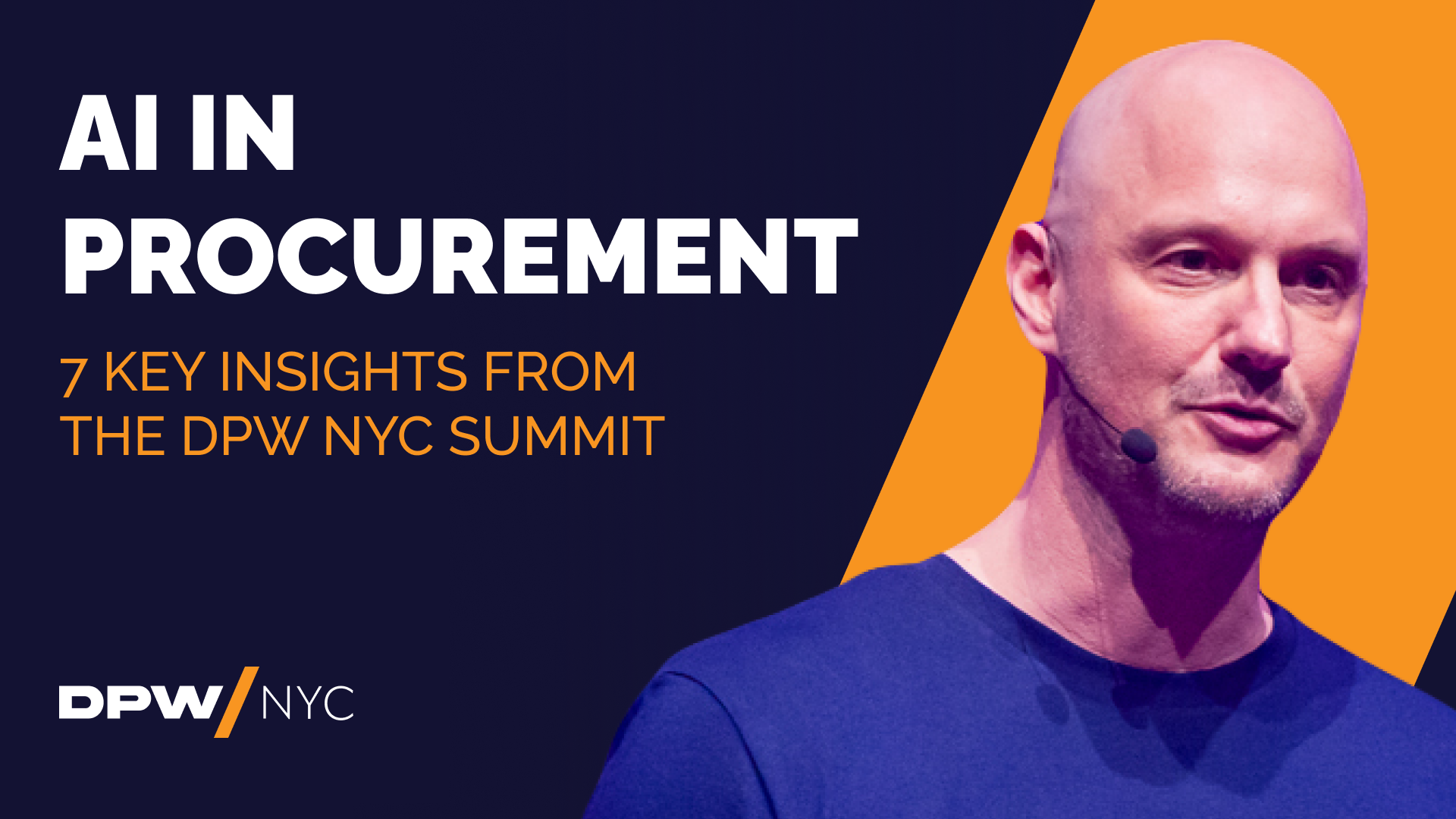DPW Startup Stories interviews Kevin Frechette, Fairmarkit CEO, disrupting tail spend.
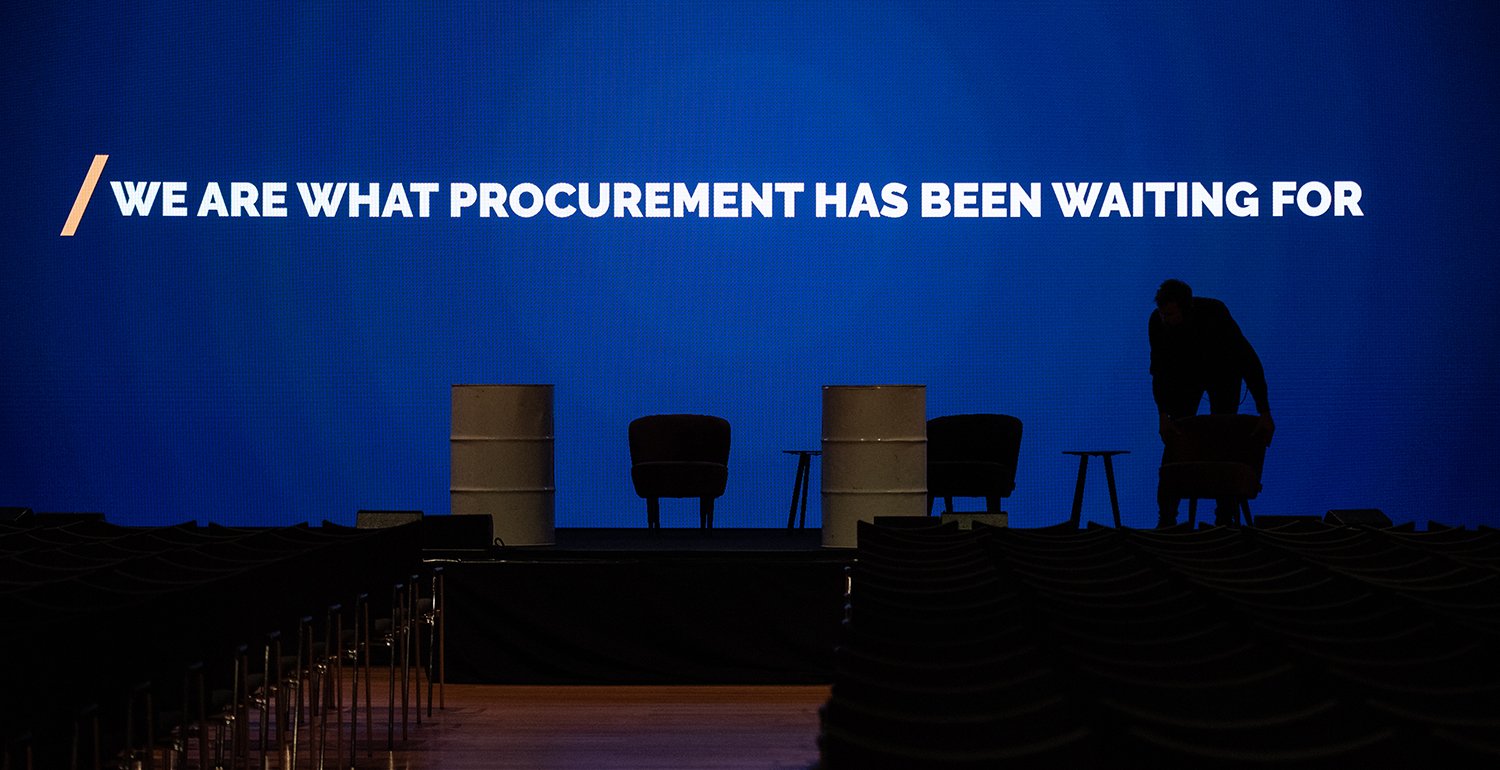
In the latest of our series of CPO Catalyst events, we brought together some of the biggest and most well-respected names in procurement to examine the future of strategic sourcing. The world has changed dramatically since the beginning of the year, and nowhere is this better reflected than in the global value chain including goods and services. What can procurement do to ensure that it’s in the best possible shape to handle one of the most tumultuous periods in modern history?
Here are our takeaways:
#1: The end of category management as we know it.
The COVID-19 crisis has shifted the mindset of businesses and procurement organisations around the world, and it’s leading to a fundamental change in the way those companies operate. Is it out with the old and in with a new digital-centric approach? The consensus is this: almost certainly. ‘Is category management dead? I think it’s dead for certain categories of spend’, said one procurement executive. ‘I think you still need to have a process, but it’s got to be a lot more digital than it is just now’. The use of data analytics, market trend analysis and benchmarking data means that the kind of information that would once take days or weeks to garner is now available at the touch of a button. That’s bound to have a huge influence on the way procurement functions moving forward and graphically illustrates how digitalisation has the potential to transform the way organisations operate.
#2: Use technology to create a more agile workforce.
Automation, as we’ve seen in the past, has the ability to increase efficiency. It also has direct impact on the workforce and can transform careers, creating a whole new world of possibilities for people who may otherwise be stuck in the same role. ‘If you automate more, you lose the reliance on that individual category manager who’s been in the job for decades – you remove the blockers and you enrich the careers of people because they can deal with different pieces of work’, said one CPO.
#3: Relationships are more critical than ever in the automation age.
Relationships are still fundamental to the way procurement goes about its business, even in an age where digital dominates. Devoting time, energy and resources to developing these relationships should be a cornerstone of how the function conducts itself. And it’s not just the external relationship with suppliers that is critical – it’s also the internal relationships and collaborations with stakeholders that help drive value. It’s incumbent on procurement to take on a sales mentality when dealing with the supply base, as one speaker outlined: ‘If you’re spending 20 days in your office, you’re wrong because you should spend 200 days with your suppliers and your ecosystem. You should be the same as a sales force – you should be out there’.
#4: Procurement’s role has evolved to value chain ecosystem management.
Digital has automated a lot of complex transactional work including for sourcing, dramatically changing the focus of procurement to be ecosystem value chain managers. CPOs are seeing artificial intelligence, machine learning and robotic process autonomation play a larger part in both simple and complex transactions redefining the role of procurement. As the CPO of a major telecom company pointed out, it’s about ‘Lean’ in the process instead of just automating or making things AI driven, and eliminating steps that are wasteful. As another CPO stated, ‘for the last five years we have automated P2P and the roles associated with deal with purchase requests, purchase orders, exceptions, etc. have been fully automated––now we are seeing the same for source-to-contract. This is what drives us to re-think what our people are doing’.
#5: The quest for innovation could reshape the organisation as we know it.
A great deal of the innovation available to procurement organisations can be found in smaller digital start-ups – companies that are disrupting traditional ways of working. The challenge for procurement is to create a function that’s ready and able to take advantage of the benefits that these firms can bring. ‘I think that’s the untapped opportunity that many CPOs have yet to realise – how we change and reconfigure our organisations in a very different upcoming decade’, said one leading figure. Another added, ‘In a FinTech environment, when you’re continually buying new things and creating new partnerships and testing and learning through these new nascent partnerships, it’s very difficult to think about the benefits of category management because there is no global scale’. And therein lies one of the major bridges for procurement to cross, not least securing a budget that reflects this new era of value creation.
#6: Procurement needs to evolve – and keep pace.
Automation has undoubtedly enabled procurement to take enormous strides forward over the past 20 years. As the pace of change quickens and the power of AI is fully understood, leaders understand that if the function fails to grasp fresh opportunities, it may be two steps forward to move one step back – or worse. ‘If procurement organisations are asleep during the next decade, we’re going to wake up at the end of the decade to find ourselves redundant’, said one delegate. The opportunities, though, are clearly visible. One procurement leader articulated that the function is perfectly placed to take advantage: ‘I believe that procurement has a unique position, like a spider in the web, getting all this external and internal information at the same time. At the end of the day, we all want to make our customers happy. And if you aren’t in the position to get that done, you will have a problem’. Technology like AI can turn that ambition into a reality, perhaps now more so than at any time in the past.
Follow DPW to receive future takeaways of our CPO Catalyst sessions.









